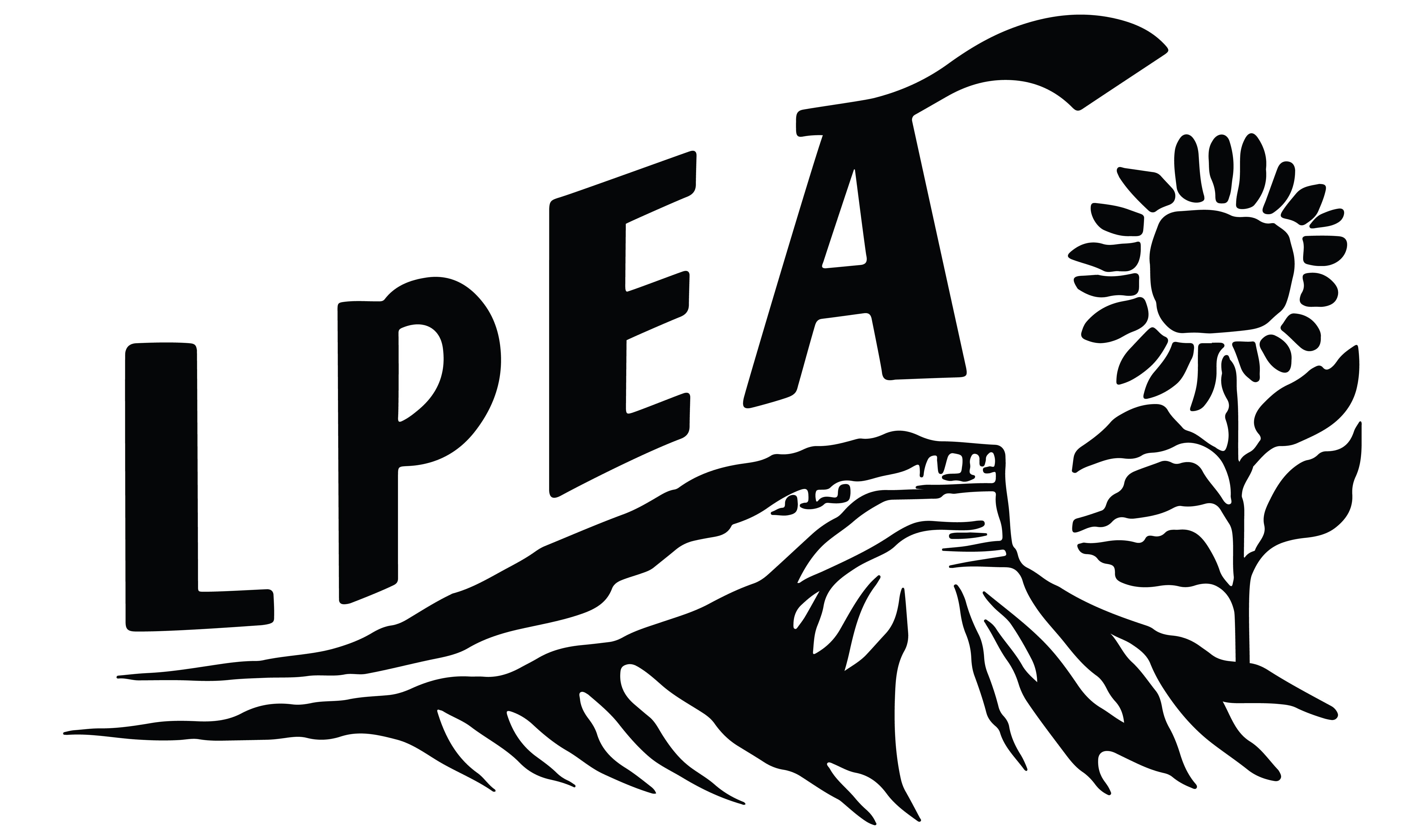LPEA's Vegetation Management Plan
As fire danger grows each year we experience drought conditions, it remains important to mitigate the risk of a fire catching or spreading due to our equipment or other circumstances. LPEA's fire mitigation efforts are designed to influence the behavior of potential fires to minimize threats to life and property.
What we do
- Line inspection/maintenance – We visually inspect a third of our nearly 3,750 miles of line each year to ensure equipment is updated and working properly.
- Raptor protection – We install raptor protection devices on LPEA infrastructure to not only reduce outages, but also protect birds, squirrels, raccoons, bears, etc., saving their lives and preventing fires that may have been caused by their electrocution.
- Vegetation management – We clear weeds, brush, and trees near LPEA infrastructure regularly.
- High risk/red flag days – LPEA constantly monitors the weather from our dispatch center. On holiday weekends and red flag warning days, more linemen are placed on call for quicker response times.
- Education – LPEA offers safety demonstrations and educational opportunities throughout the year to educate the community on the potential dangers of electricity and how to stay safe. Click here if you would like to book a demonstration for your class, group, or organization.
- Tree Trimming – LPEA strives to cut trees and foliage around overhead powerlines to prevent unnecessary blinks and outages and to reduce the risk of wildfire. Each year, we trim around more than 200 miles of overhead lines, which gives us one of the most aggressive tree-trimming programs in the state.
- That said, we are only able to maintain trees within our right-of-way (ROW). For trees outside LPEA’s ROW, tree maintenance is the responsibility of the property owner.
- We highly recommend that you contact a tree professional to assess any tree trimming needs on your property. They can then contact LPEA at (970) 247-5786 when action is needed. If damage to LPEA infrastructure is caused by the private felling or trimming of trees, the member is responsible for repair costs.
- LPEA’s policy 103 covers tree-trimming as follows:
- LPEA has no affirmative duty to remove trees outside the Cooperative’s rights-of-way.
- However, LPEA will work with landowners to remove trees that are, or could become, a danger to the LPEA’s power lines and facilities.
- With a written request from a landowner, LPEA may assist the landowner with the removal of any tree outside the right-of-way at no cost to the landowner if LPEA has identified the tree as either a Hazardous Tree or a tree that could become a Hazardous Tree.
- Removal of any branches or other debris from outside LPEA’s right-of-way shall be the sole responsibility of the landowner, unless otherwise agreed upon in writing.
What you can do
- Clear your own brush – The Wildfire Adapted Partnership’s 2025 Chipper Rebate Program will open in the spring. Learn more on their website at https://www.wildfireadapted.org/chipper-rebate
- Research resources – Take advantage of city and county offerings for free, or low-cost, trash, and brush removal. Contact your city/county office for more details.
